First Trip to Nepal
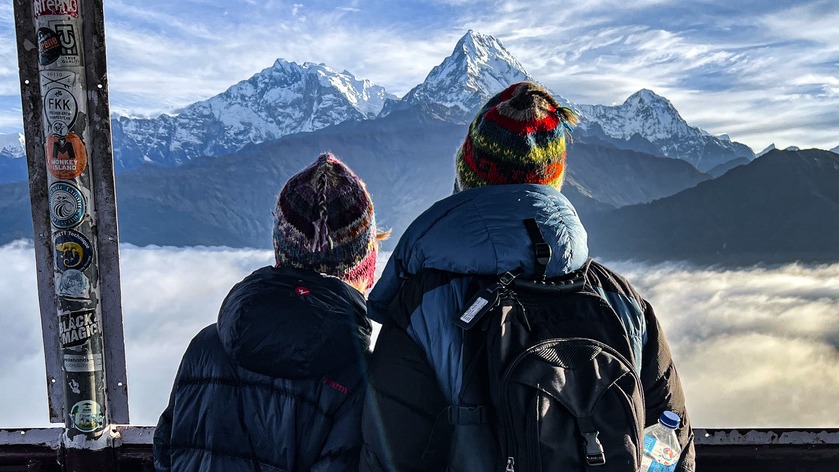
Nepal's unique blend of outdoor adventure and rich cultural sites creates an experience like no other. Prime trekking season is from September to November. This period follows the monsoon season and is not too cold, making it perfect for trekking.
Trekking Basics
It's crucial to distinguish between trekking and climbing. You trek to mountain base camps before climbing the mountain. I opted for only the trekking portion. I strongly recommend hiring a trekking guide and porter; their expertise is invaluable. They speak the local language, know how to handle bad weather, and can manage emergency situations. If you’re fit enough to carry your own gear, more power to you! However, if you're like me and lack upper body strength, having a porter is a wise decision.
Best Trekking Company
When it comes to arranging your trek, make sure to plan in advance. There are numerous trekking companies available, and a simple Google search will yield plenty of options. We chose to go with **Authentic Adventures**, recommended by a friend who had a fantastic experience with them. Bhuwan, the owner, was our trekking guide, and Ram was our porter. Both were AMAZING! Their website is a great resource for exploring the cultural experiences they offer. Once you have an idea of what you want, email Bhuwan for a customized trekking itinerary.
Deciding Where to Trek
If you are planning on trekking, which I think is a must if you are going to Nepal, the first step is to decide where you want to trek. An easy way to think about it is whether you want to trek west of Kathmandu or east of Kathmandu. You will most likely be flying into the capitol city so that will be your starting point. The Annapurna range of the Himalayas is more west of Kathmandu and Mount Everest is more east of Kathmandu.
Mount Everest
Initially, I thought trekking to Mount Everest was a must, but I soon realized it’s not that simple. You must fly to the starting point at Lukla Airport, one of the most dangerous airports in the world. On top of that, reaching Mount Everest Base Camp typically takes about two weeks, and you should account for possible delays due to weather conditions.
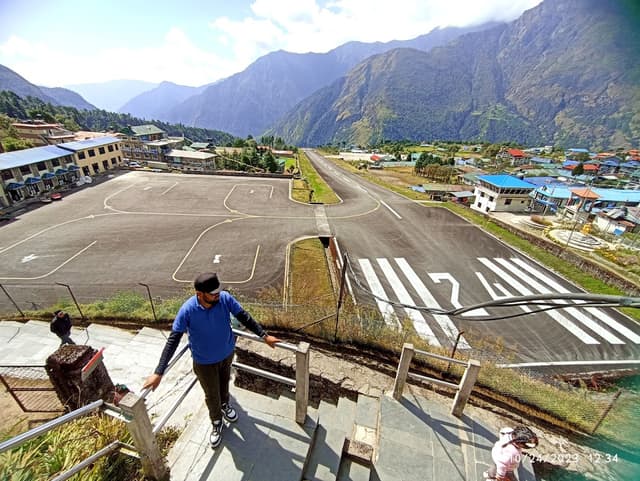
Annapurna Range
For those looking for a shorter trek, I recommend heading to the Annapurna range. You will first travel to the city of Pokhara. To reach Pokhara from Kathmandu, you can either take a 25 minute flight or a bus. Due to being nervous about flying through the mountains, I opted for the bus. It was supposed to take 6 hours, but ended up being 11 hours. Be prepared for a bumpy ride, especially after monsoon season - there are a lot of pot holes and broken down roads! Make sure to opt for a tourist bus as these are usually safer.
The City of Pokhara
Pokhara has a laid-back, hippie vibe and is situated next to beautiful Pewha Lake. I recommend giving yourself some time to relax in Pokhara after you complete your trek. There are numerous coffee shops and vegan restaurants. I loved Vegan Way.
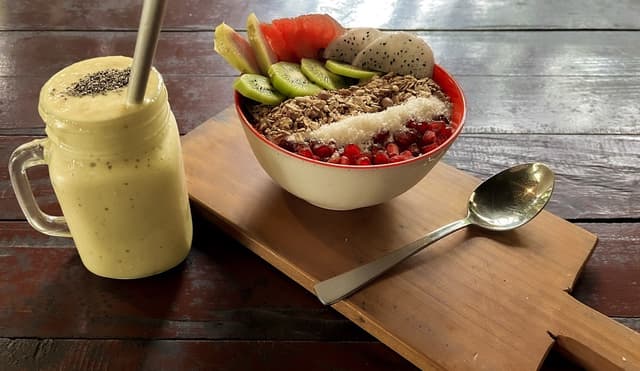
Pewha Lake
A fun activity in Pokhara is renting a canoe-type boat to cross Pewha Lake and hike up to a pagoda on the other side. You can rent a boat and pay someone to row the boat for you. It is worth paying someone to row for you since the lake is further across than you would think. It took about 30 minutes to get across.
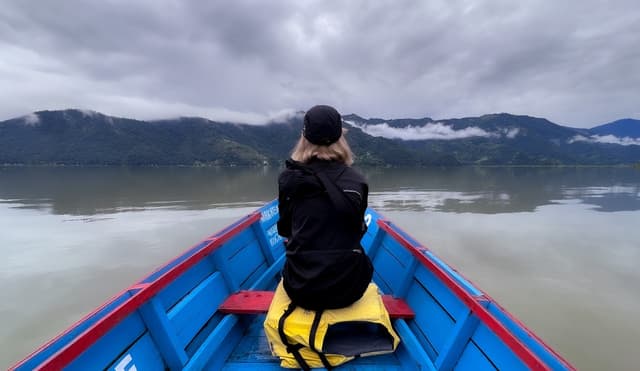
Where to Buy Trekking Gear
Before your trek, your guide will provide a list of necessary supplies. My guide brought the larger items needed, which was incredibly helpful. The Thamel area in Kathmandu and the main strip in downtown Pokhara offer a plethora of shops.
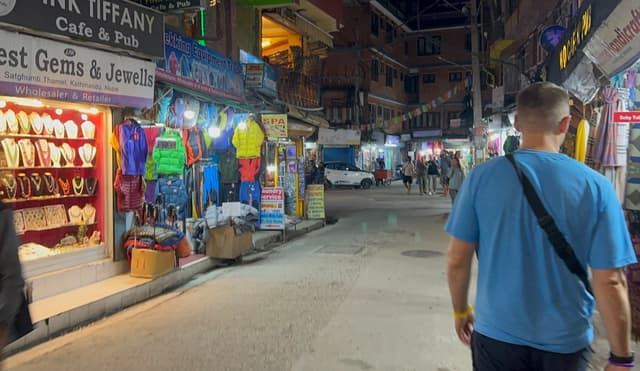
Make sure you check out multiple shops to get an idea of average prices instead of buying gear at the first one you see. They all had similar gear so it is advantageous to figure out the going rate. Also, make sure you barter the price down so you don’t get ripped off.
Overall, the gear in Pokhara seemed nicer and higher quality compared to the gear in Kathmandu. This is definitely just an opinion, but we went to A LOT of trekking stores in both cities. Prices were similar in both cities for the gear. Be aware the gear is often fake name brands which is why it is so cheap. This often comes with a decrease in quality so be careful what gear you buy from these shops. I did feel it was safe to buy pants, light jackets, shirts, hats, and light gloves from these shops, as the quality of these seemed pretty good.
Typically when trekking you bring a small backpack (“daypack”) where you put things you will need for the day including a poncho, jacket, bug spray, sunscreen, Band-Aids, water, etc. Everything else goes in a larger bag that your porter carries. You won’t get that bag again until you get to a tea house (your accommodation) each night because it will be all wrapped up/combined with the other bags the porter is carrying.
First Day of Trekking
The first day of the trek, your guide will likely pick you up from your accommodations and drive you to the starting point of your trek. I did a shortened version of the Annapurna Panorama Trail that took 4 days. The whole Annapurna Panorama Trail usually takes about 6 days. I was initially interested in doing the Poon Hill Trek, which goes from Birethanti up to Poon Hill and then back down the same way, usually in about 3 days. My guide recommended adding a day to do a circuit instead of going back the same route. This was a great recommendation to be able to see new landscapes the whole trek.
If you want to do a longer trek in the area you could do the Annapurna Base Camp (ABC) Trail which is about a 10-day trek. There are so many different options due to there being so many trails in Nepal. Your guide can customize a trek that fits your skill level and the amount of days you want to trek. Note: you need permits to enter certain trekking areas, but this is another thing our trekking guide took care of for us.
My Trekking Itinerary Overview
**Day 1: Drive to Nayapul (1.5 hours) and trek to Tikhedhunga (4-5 hours)
**Day 2: Trek from Tikhedhunga to Ghorepani (5-6 hours)
**Day 3: Hike to Poon Hill for sunrise (1.5 hours both ways) and trek to Tadapani (5-6 hours)
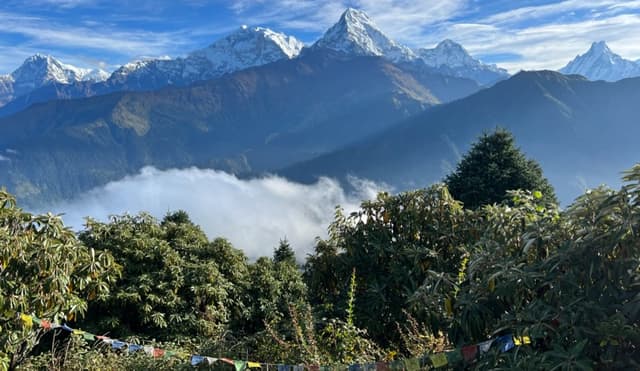
**Day 4: Trek from Tadapani to Ghandruk (2-3 hours), then drive back to Pokhara (3 hours)
I found the trek moderately difficult. The trails are well-maintained, making it accessible for most people.
Be Safe!
It was slippery in parts and it is important to watch out for wet red mud, flat wet rocks (especially the colored ones), and green moss on rocks since those are extra slippery. Initially I wasn’t sure about using trekking poles, but once I got used to them, I found them really helpful. If anything happens where you cannot walk and you are on the trails past the point where there are roads, you have to be helicoptered out. It is not safe to try to carry an injured individual through the trails. Make sure you have travel insurance.
It may be a good idea to get a Nepal SIM card at the airport. They were cheap and otherwise you may not have service. I did not have service, but my guide did, and there was sometimes wifi available.
Altitude Sickness
You need to take breaks as you are increasing in altitude to prevent altitude sickness. Also, you need to drink a lot of water. You should drink bottled water (which you can buy along the trek) or buy tablets to put in your water bottle to sterilize the water. Otherwise you will likely get sick. Food and drinks get more expensive the further away/higher in altitude you get so this is something to keep in mind. It was nice that through my trekking trip package food and drink (besides water or alcohol) were included.
The Tea Houses
Something super unique about Nepal is there are tea houses throughout the trails. Sometimes they are together in little villages, and other times they are alone on the trail. You can stop at these tea houses for a tea or coffee break, to eat a meal, or to sleep. It was nice how my guide picked out where I would stay each night so I did not have to worry about accommodations. For housing, it is not a 5-star hotel, but you are also not sleeping in a tent. The tea houses I stayed at had nice beds, with comforters and pillows, and mostly hot showers.
There are so many tea options: lemon, ginger, mint, black, milk teas.
Some popular foods you have to try are Dal Bhat and mo:mo (dumplings). If you order Dal Bhat you get unlimited helpings at no additional cost. I am vegetarian and had no issues finding food to eat on the trail. The food was really tasty!
Poon Hill is known as the apple pie trail – I had delicious apple pie for dessert every night!
Another amazing food is Tibetan/Gurung bread. Add some local honey on top and you won’t regret it.
Leeches
In the rain, leeches come out. They sense movement below them and drop down from the trees. They then attach to your skin causing your skin to bleed in the area they sucked on. Make sure you wear pants and do not have exposed skin if it is raining. If something itches, check if it is a leech
Tipping
It is customary to tip your guide and porter at the end of the trek. Give the money in a separate envelope to each individual and hand it with your right hand.
Nagarkot
Since after the trek I still wanted a chance to get a glimpse of Mount Everest, I decided to go for a night to Nagarkot, which is a city about an hour east of Kathmandu.
I stayed at Hotel Mystic Mountain, which has incredible views!
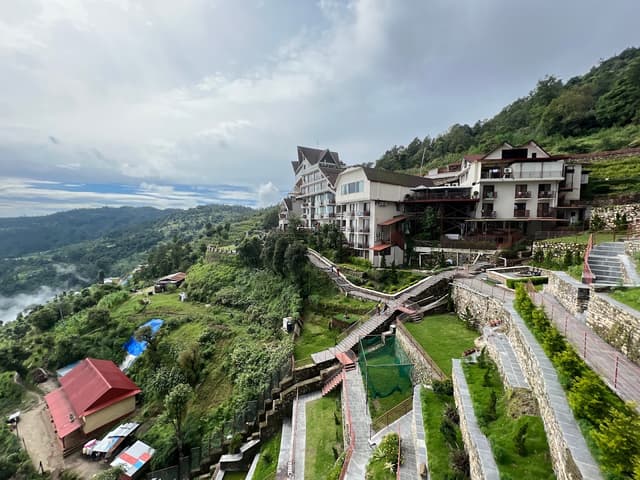
If the skies are clear, you can see a bit of Mount Everest from Nagarkot.
Bhaktapur
On the drive to or from Nagarkot you should stop at Bhaktapur Durbar Square, which is a UNESCO world heritage site.
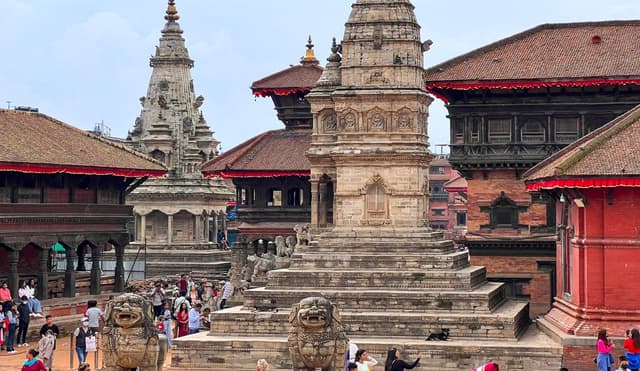
Kathmandu
In Kathmandu there are some spectacular UNESCO world heritage sites you must see during your first trip to Nepal. Some I recommend are Bouddhanath Stupa, Pashupatinath Temple, Kathmandu Durbar Square, and Swayambhunath Stupa (Monkey Temple). It is pretty easy and reasonable to rent a taxi driver for the day to take you to these places (just make sure to be back before 6 PM!). Be careful about people giving you “free” guides. Guides are never free.
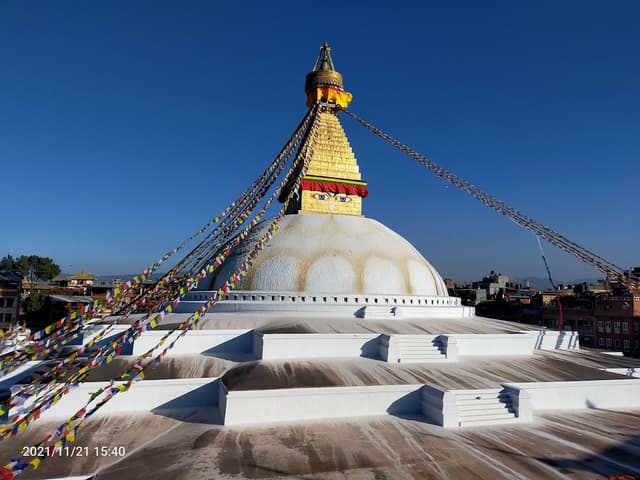
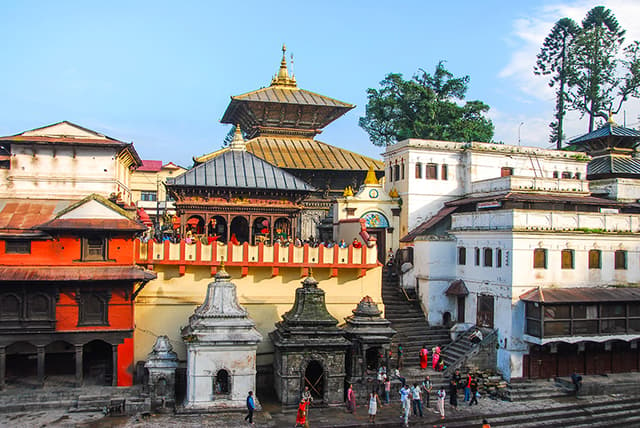
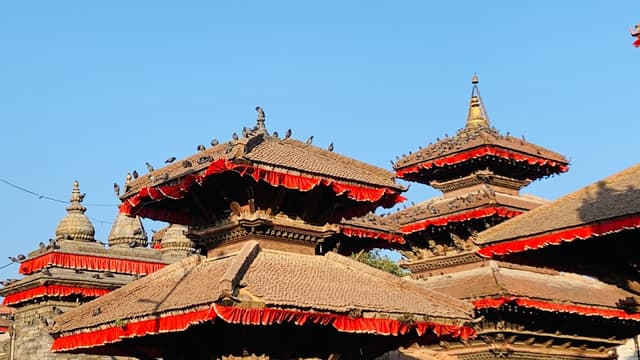
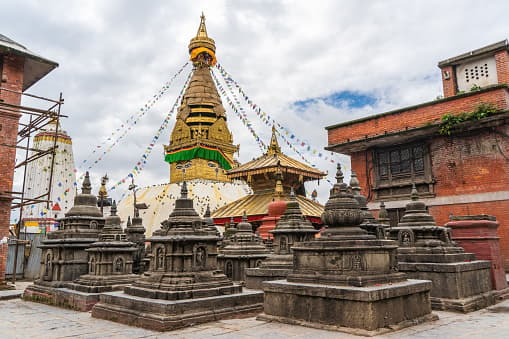
With more time I would have traveled to the south-central area of Nepal to Chitwan National Park, where you can see rhinos!
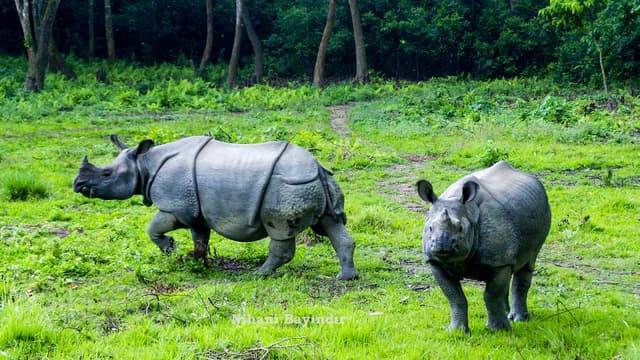
I hope you enjoyed this guide of Nepal and have the best first trip there! :)
The home for unique & authentic travel
